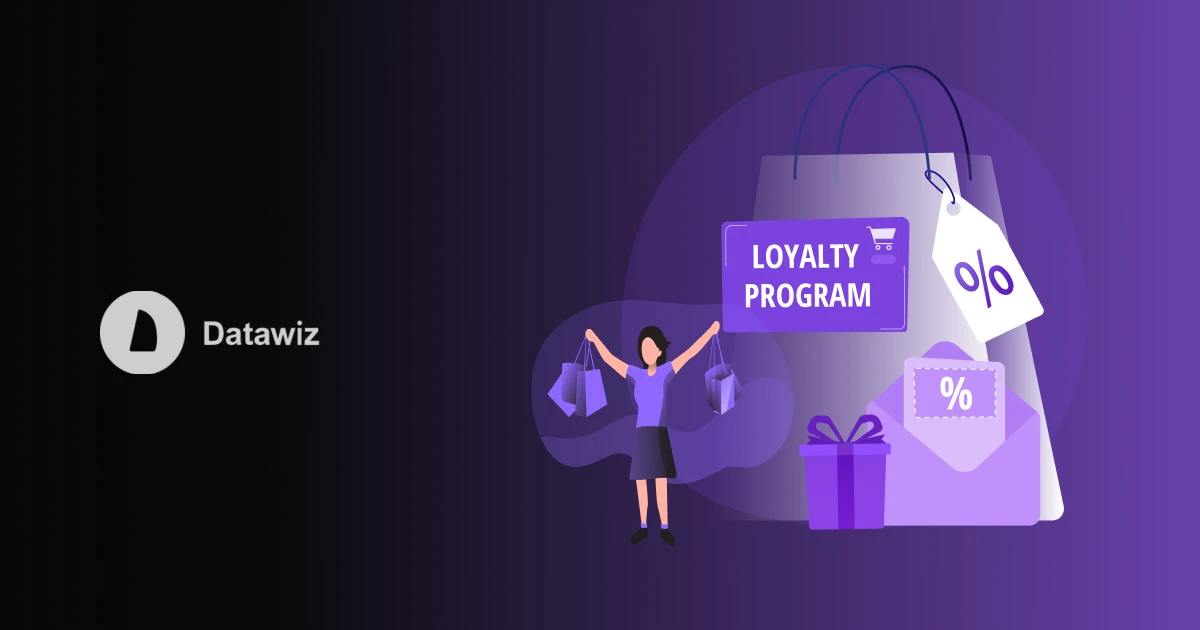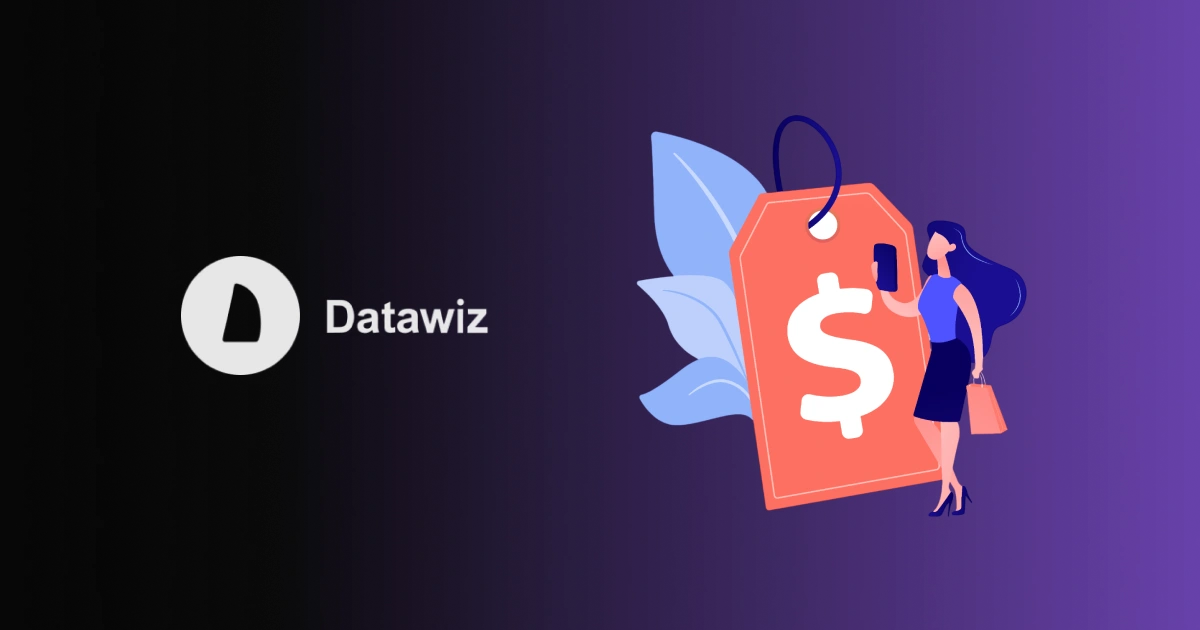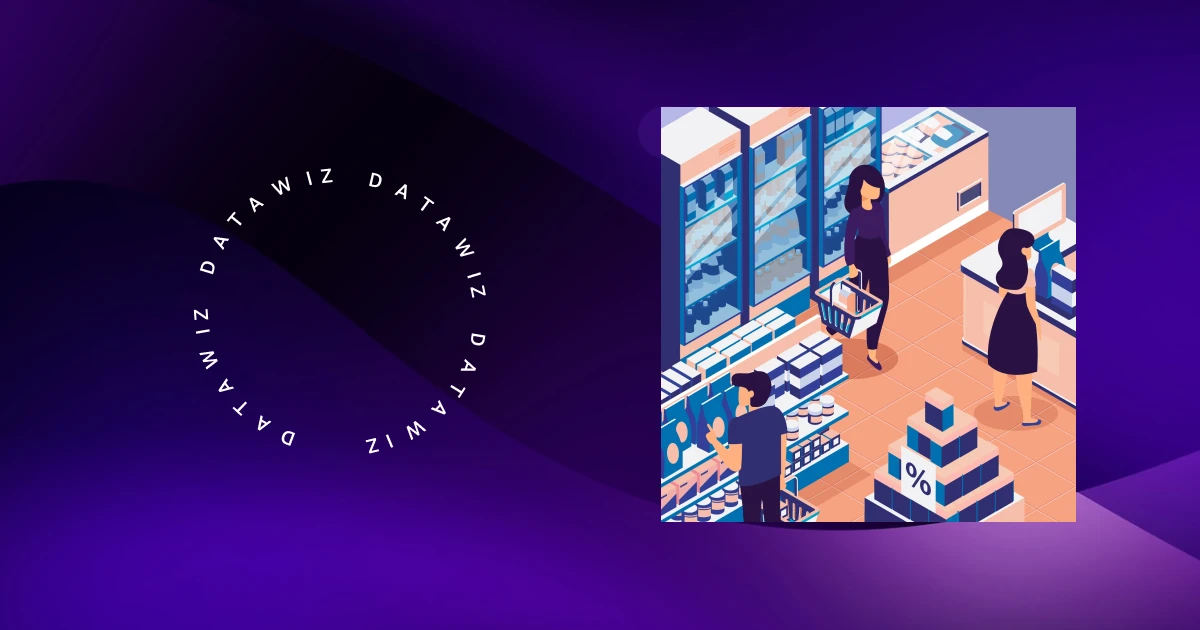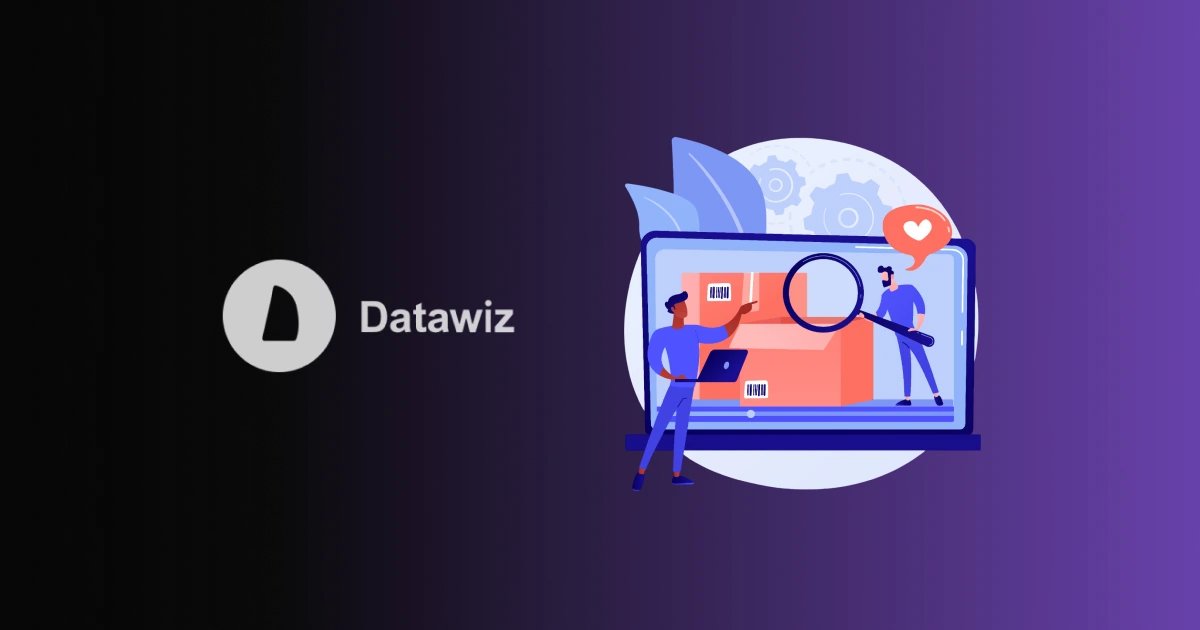In modern retail, competition for customers is one of the key challenges for businesses. To retain customers and motivate them to make repeat purchases, companies actively use loyalty programs. This is not only a way to reward customers, but also an effective marketing strategy tool that allows you to strengthen the emotional connection with the brand, analyze buying habits and increase customer satisfaction. Using service for managing a loyalty program, businesses can automate processes and make them as convenient as possible for customers.
What is a loyalty program?
A loyalty program is a marketing strategy aimed at rewarding loyal customers for their dedication to a brand. Its main objective is to encourage customers to return by purchasing from your brand rather than your competitors. The basic principles of a loyalty program include:
- Incentivizing repeat purchases. The more often a customer makes purchases, the more rewards they receive.
- Increasing the average receipt. With rewards or discounts, customers tend to buy more.
- Personalization of offers. Using customer preference data to create customized promotions.
- Mutual benefit. Customers get tangible benefits, and the business gets stable income and customer loyalty.
A retail loyalty program also helps to change brand perception. It becomes a part of communication through which the company can demonstrate individuality, speak the language of customers and attract emotionally attached customers who do not succumb to the temptations of competitors even in case of price reduction.
Types of loyalty programs
Loyalty programs can be implemented in different forms depending on business needs and customer expectations. Among the most common types are:
- Cashback. Customers are refunded a portion of what they spend in the form of bonuses or real money.
- Loyalty card. The customer receives a card that accumulates points or discounts depending on the amount of purchases.
- Discount card. Provides a fixed or progressive discount for regular customers.
- Bonus system. Customers accumulate points for each purchase, which can be exchanged for discounts or gifts.
- Multilevel programs. For example, “silver”, “gold” and “platinum” levels that offer different amounts of privileges depending on the client's activity.
- Gamification. A loyalty program turns into a game where customers earn “rewards” for certain actions.
- Value-based program. For example, planting a tree for every purchase, which helps form an emotional connection to the brand.
- Referral program. Incentivizes current customers to share information about the company with friends, coworkers and family. This approach rewards customers for recommendations, thereby encouraging organic growth of the customer base.
- Rewards Clubs. To participate, customers need to pay a fee and then receive exclusive discounts or benefits.
Each of these options can be implemented effectively, which helps in assessing the impact of these mechanisms on revenue and customer retention.
How to analyse a loyalty program?
Analyzing the effectiveness of a loyalty program is an important step for strategy improvement. Key criteria include:
- LTV (customer lifetime value): How profitable a customer is over the course of their relationship with the brand.
- NPS (Net Promoter Score). Measures the likelihood of other customers recommending the brand.
- Engagement Rate. How many customers are actively using the program and with what frequency.
- The average receipt of program participants. Whether loyal customers spend more compared to regular customers.
- Impact on revenue. Comparison of program costs with the additional revenue it generates.
- Analyzing customer buying behavior. Tracking changes in customer behavior due to program participation.
- Control groups: Analyzing the difference between customers who use the program and those who do not participate.
Loyalty program in retail
In retail, loyalty programs have a wide range of applications. Their use accomplishes several important goals:
- Attracting new customers. New member discounts or starter bonuses motivate to join the program.
- Data analysis. Retailers get information about purchase frequency, product popularity and average receipt.
- Increased competitiveness. A loyalty program can be a deciding factor in store selection.
- Building trust. Personalized offers create a sense of special treatment among customers.
- Sales incentives. Special promotions available only to program members encourage purchase.
To effectively implement programs, retailers should consider the specifics of the target audience. Using modern technologies, such asDatawiz BIloyalty program management software, helps automate processes, reduce costs and increase customer satisfaction.
 What's new?
What's new?




 No credit card required
No credit card required